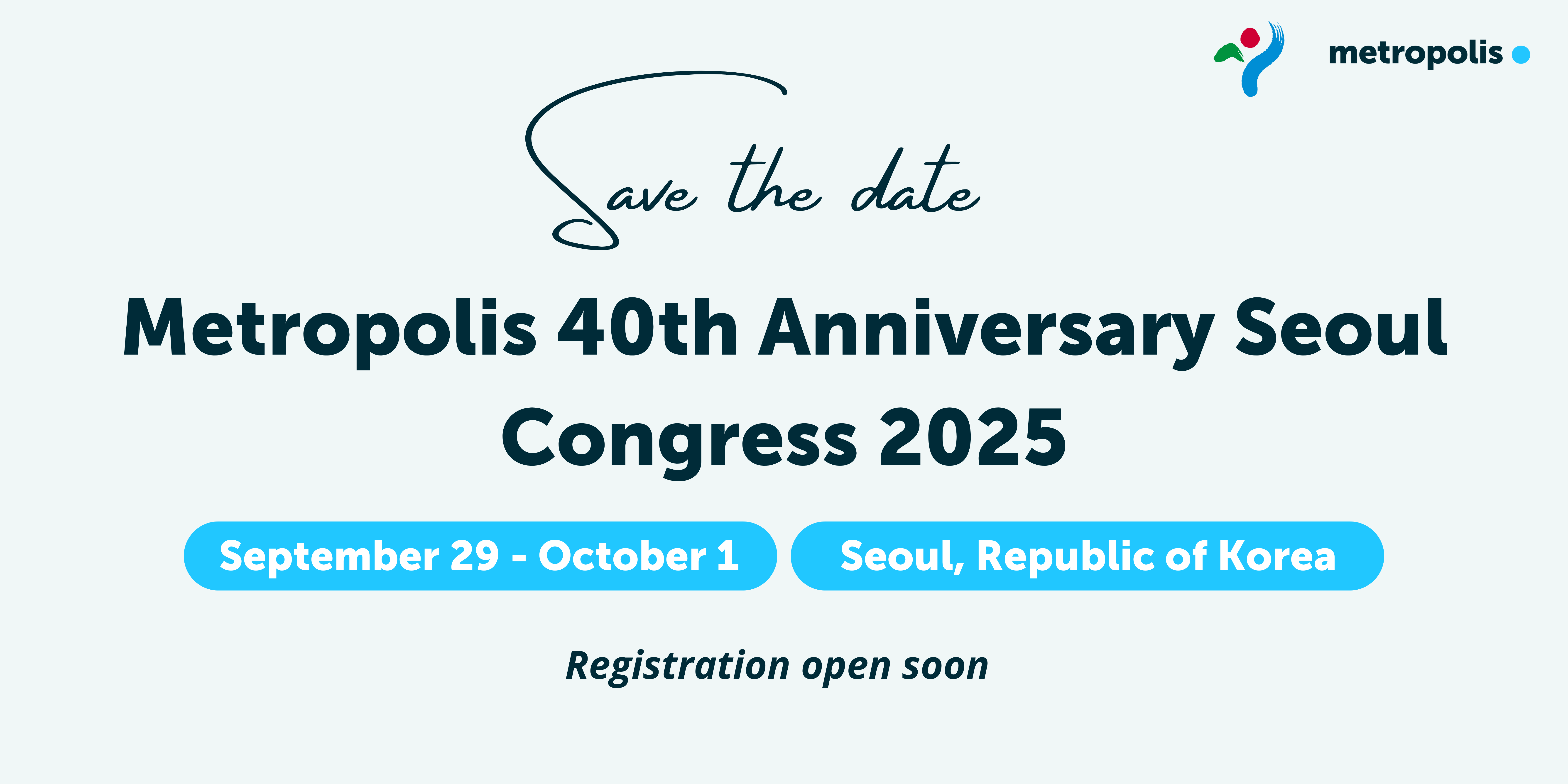Mendoza

Internationalisation and metropolitan spaces
Based on the Metropolis Observatory Issue paper "The internationalisation of metropolitan spaces" Metropolis and "AL-LAS Project" offered three webinars, in the three official languages of Metropolis, to provide tools to local governments on how to build a strategic public policy of international action at the metropolitan level.
The recent changes to the international action taken by local governments envisage simultaneous phenomena, such as the exponential growth regarding their international activism, a change in focus on how local governments relate to the rest of the world, and an evolution on how they relate to the outside world, which is increasingly professional in nature.
Internationalization has gradually gained cross-cutting space within the institutional, political and territorial objectives of local administrations, moving towards becoming a strategic action and, eventually, public policy.
- First session.
-
During this session, co-organised with AL-LAS, the participants were able to know more about experiences from Mexico City, Rabat, Dakar and Nouakchott in terms of internalization.
The main topics of this webinar were the cooperation; the global impact of metropolitan mesures; the communication as a key element for public policy legitization; and recommentations for the internalization of metropolitan spaces.
For more information, you can read the news

- Second session
-
This session revolved around the importance of cooperation and international strategies in order to promote a global impact of metropolitan measures. With this goal, communication is a key element for public policy legitimization.
During this webinar there was a global analysis of internationalization strategies around the world by AL-LAs, as well as particular cases such as Greater Manchester and Tehran.
If you want to know more about the session, you can read the news.

- Third session
-
During this webinar, through the cases of Bogotá, Barcelona and Mexico City, attendants were able to learn more about internationalization and public policies as a way of global impact.
For more information about this session, you can read the news

- Paola Arjona, Technical Director of AL-LAs
- Luz Amparo Medina Gerena, District Director at the Mayor's Office for International Affairs - Bogotá City Hall
- Oriol Illa, Director of International Relations and Cooperation, Metropolitan Area of Barcelona
- Mariana Flores Mayen, Executive Director of Institutional Representation, General Coordination of Advisors and International Affairs, Mexico City Government
- Santiago Betancur, AL-LAs
- Rahmatouca Sow Dièye, deputy Chief of Staff, Ville de Dakar
- Fatimetou Boukhreiss, head of Cooperation, Région de Nouakchott
- Sami Hayat, chef de la Coopération internationale Mariana mentionne les points forts de l'expérience, Rabat.
- Elham Fakhari, member of Tehran City Council
- Ian Klaus, Senior Fellow, Chicago Council of Global Affairs
- Maria Gonzalez, Principal, International Relations, Greater Manchester
- Octavi de la Varga, Metropolis Secretary General





